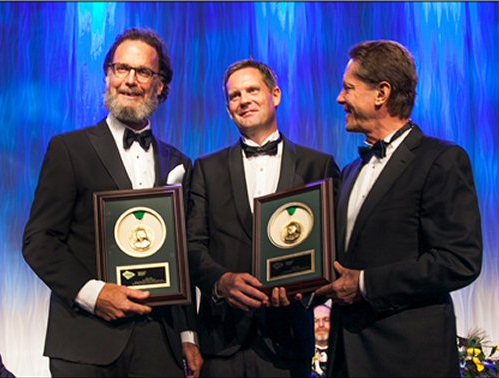CFO to run full marathon on winter ‘ice road’ to raise funds for Mushkegowuk Enrichment Fund
TORONTO, March 3, 2015 /CNW/ – Looking to generate both funds and awareness, the Chief Financial Officer of De Beers in Canada will run 42 kilometres on a northern Ontario ice road in the inaugural De Beers Ice Road Run in support of the Mushkegowuk Council’s inquiry into youth suicide in the region.
Steve Thomas will take to the road on Wednesday, March 11, 2015, departing from the De Beers Victor Mine in Ontario’s Far North, approximately 1,100 kilometres north of Toronto in the James Bay Lowlands. Thomas will cover the full marathon distance on the ice road that connects the mine to the local communities for a short period each winter.
Accompanied by a safety support vehicle, Thomas – an experienced marathon runner who has competed in several events, including Boston, Toronto, Vancouver and Ottawa – will complete the distance in stages, running for 60 minutes at a time before returning to the support vehicle for a short break from the extreme cold that occurs this time of year in the James Bay region.
Thomas said that while De Beers has been a corporate supporter of the Mushkegowuk Council and their inquiry into youth suicide, he felt he wanted to do something on a personal level.
























